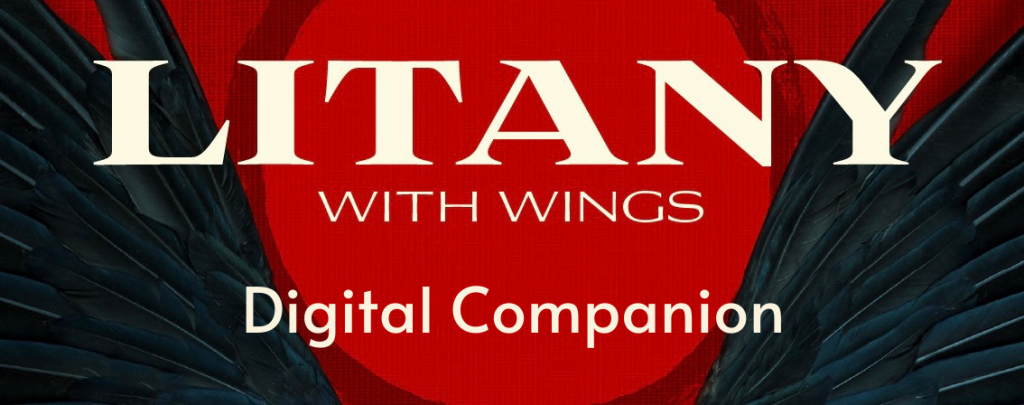
- Koru (as Courtyard and Tihei Mauriora)
- Wayplace
- desiderata [vi] (bay of plenty)
- Across the Hokianga
- Mateu, Matem
- Te Kore
A koru, Māori for “bight” or “loop,” is the tightly coiled spiral of a new fern frond. It symbolizes new life, growth, strength, and peace and is an integral image in Māori art, carving, and tattoos.
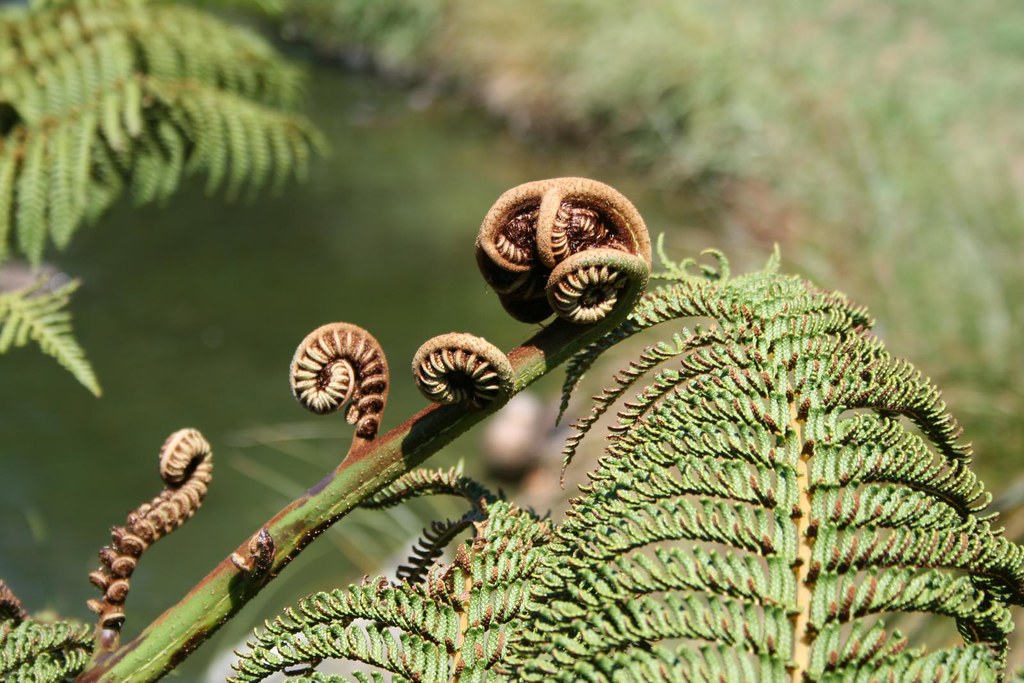
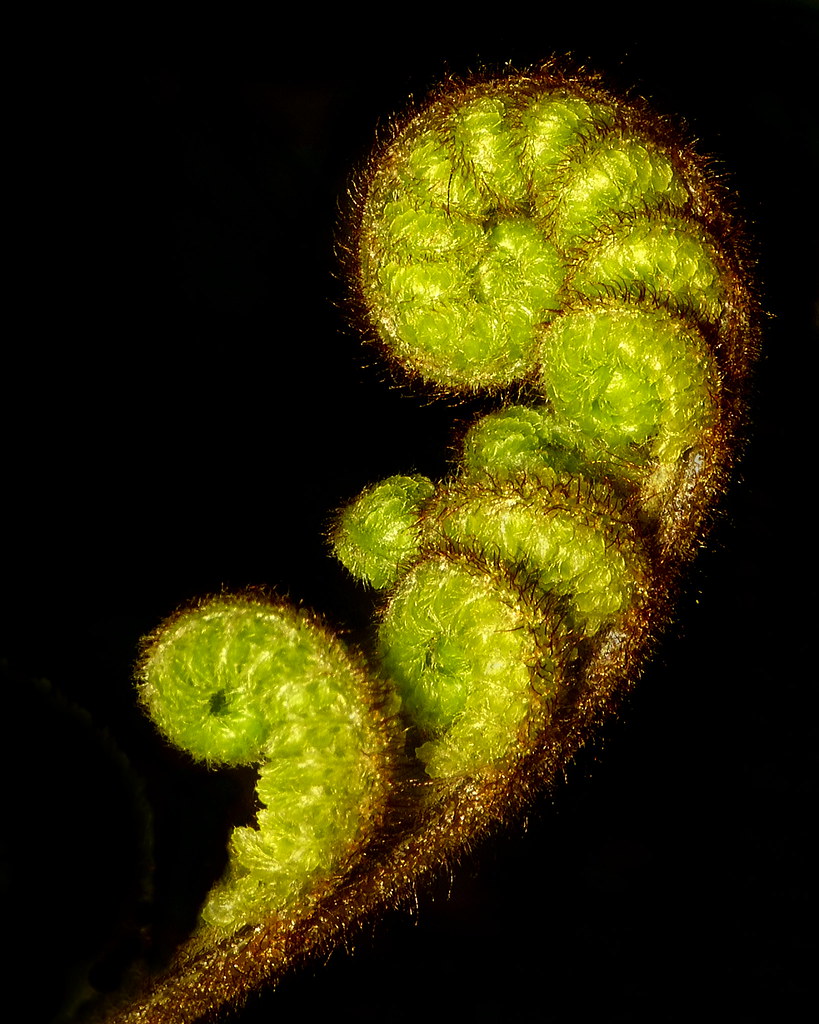
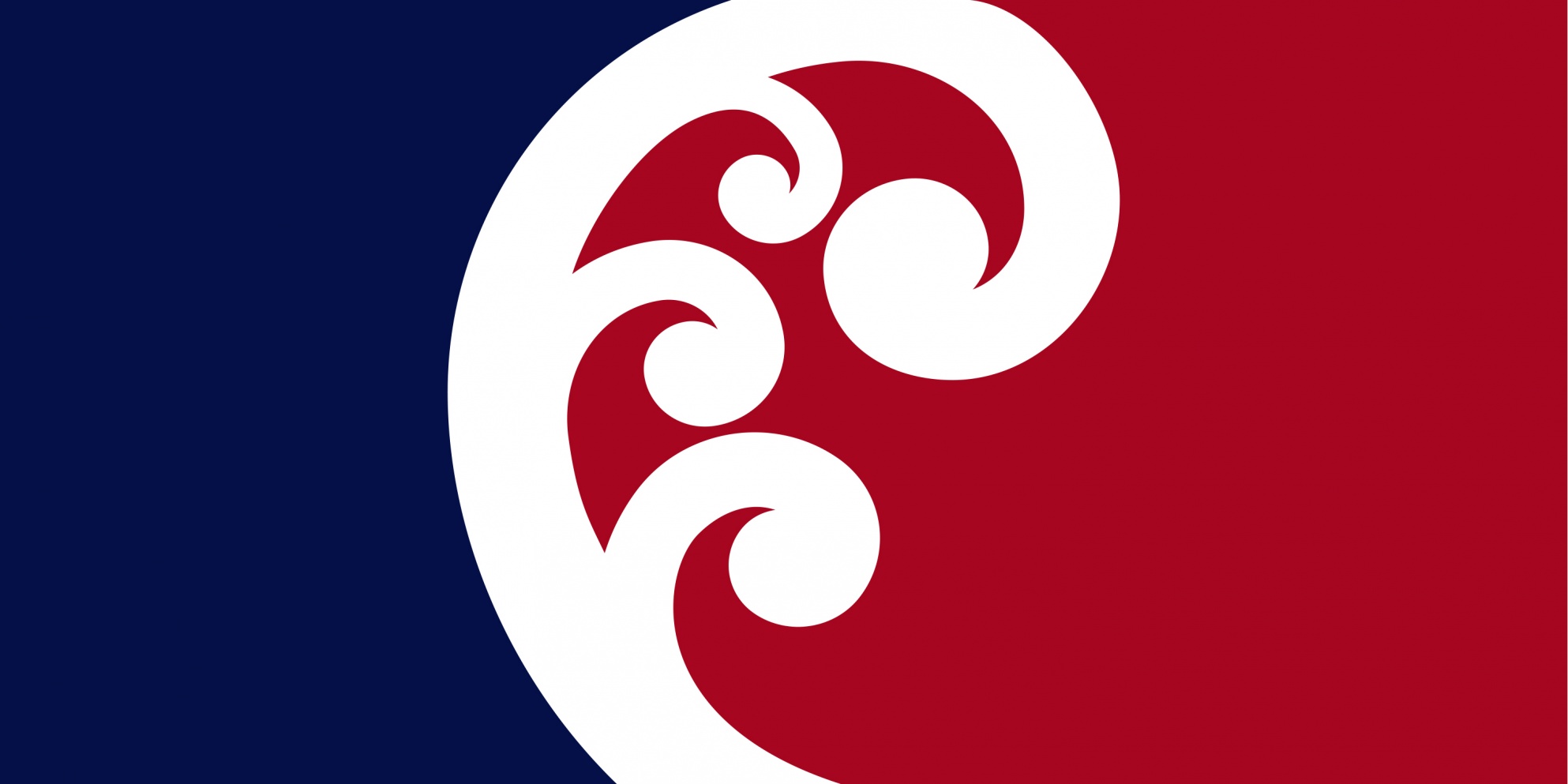
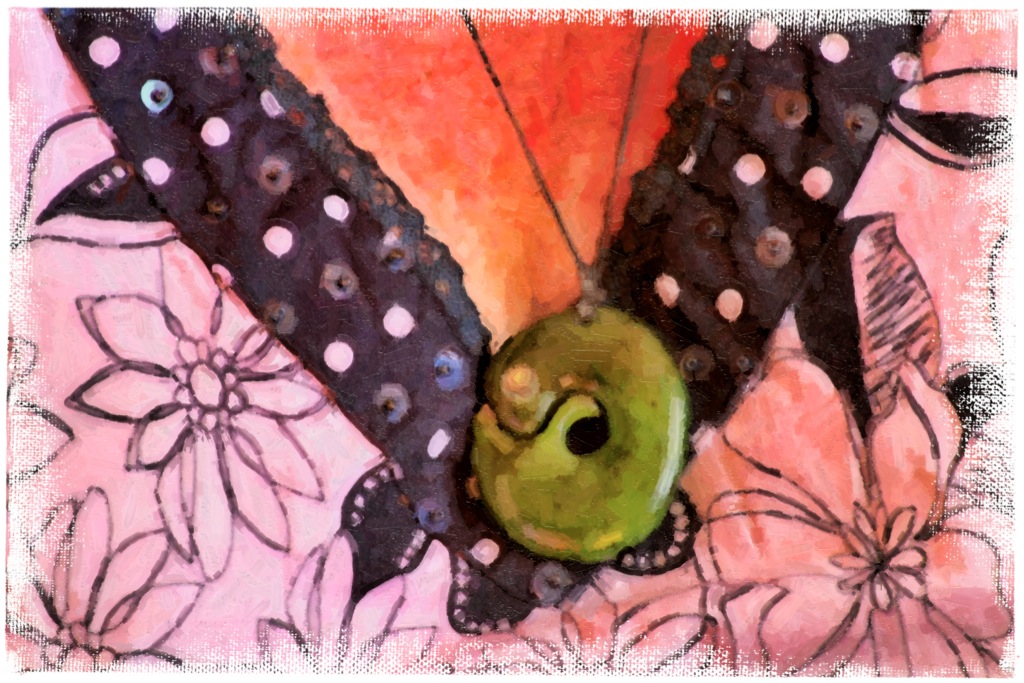
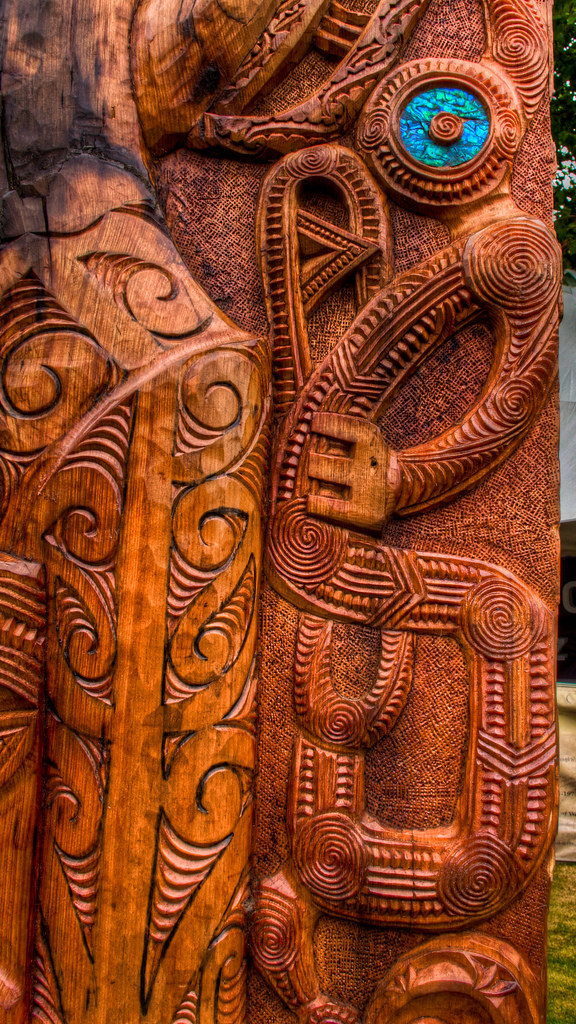
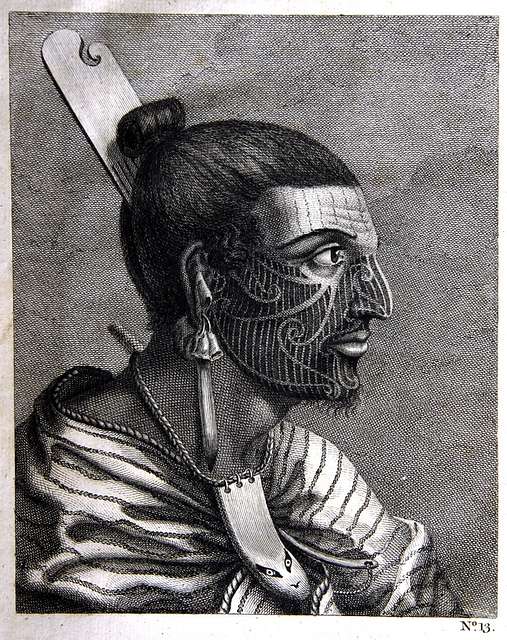
Tihei mauriora: (noun) sneeze of life, call to claim the right to speak. During pōwhiri (see below), many orators begin their speeches with the call “Tihei mauriora!” This literally translates as “I sneeze, there is life” and refers to the first breath taken by the first woman. As such, it signifies (among other things) the principle of life that animates and sustains humanity. By beginning orations with this call, orators claim the right and the ability to make words for and in behalf of their community. For more on the history and significance on breath in Māori social customs, see here.
pōwhiri: (noun) invitation, rituals of encounter, welcome ceremony, welcome. Māori initiate people into their cultural spaces by performing pōwhiri, which are essentially formalized confrontations during which a host warrior challenges visitors’ intentions for wanting to enter the community. If the visitors’ response to this challenge is accepted by the hosts, the hosts chant, sing, and make speeches meant to weave a rope of language around visitors; with this rope, the hosts pull their visitors into the community’s hospitality.
“Wayplace” was inspired by this photograph of me, taken in Henderson, Auckland, New Zealand in January or February 1999:
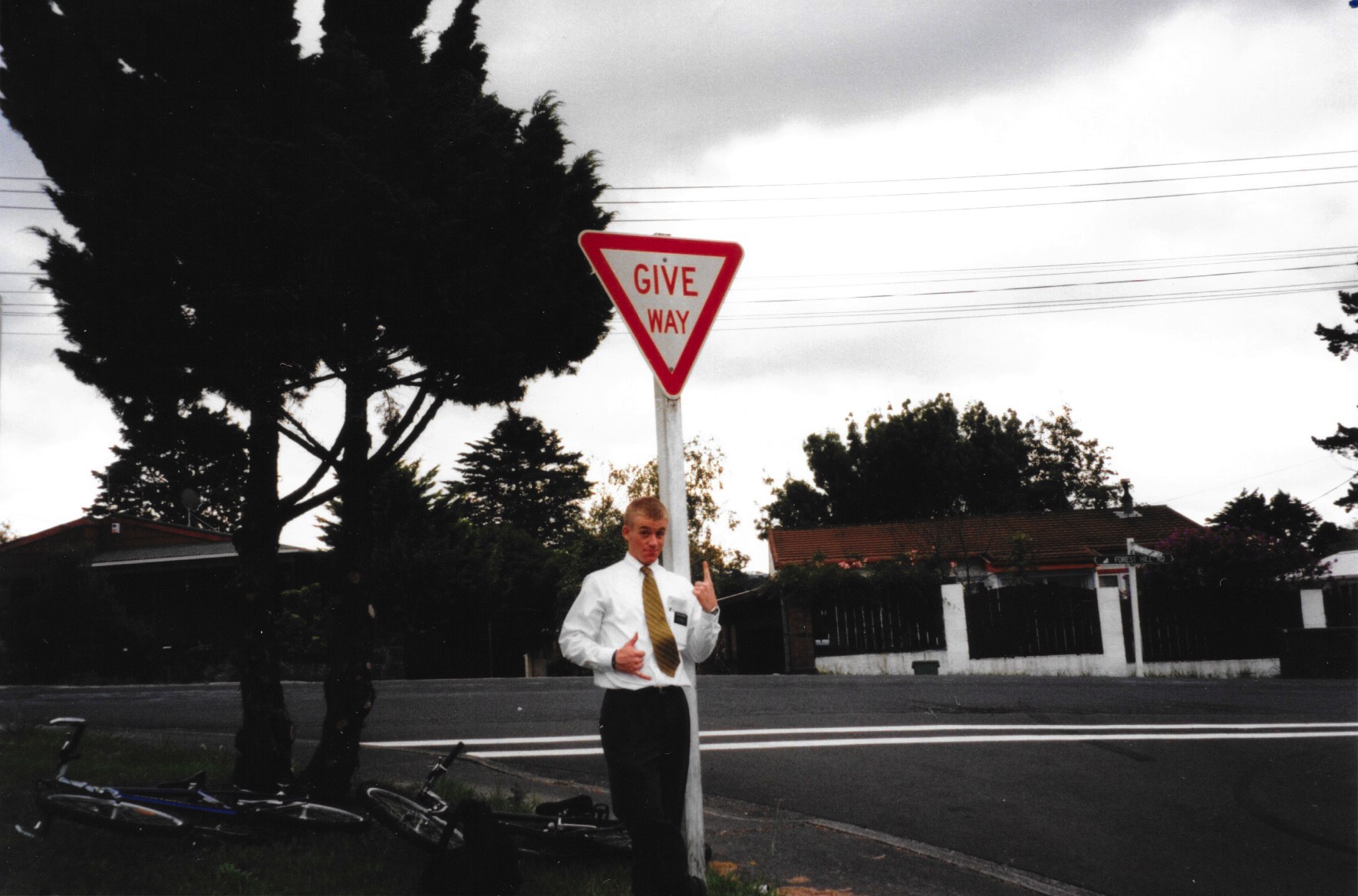
The Bay of Plenty is a region of New Zealand, situated around a bight of the same name in the northern coast of the North Island.

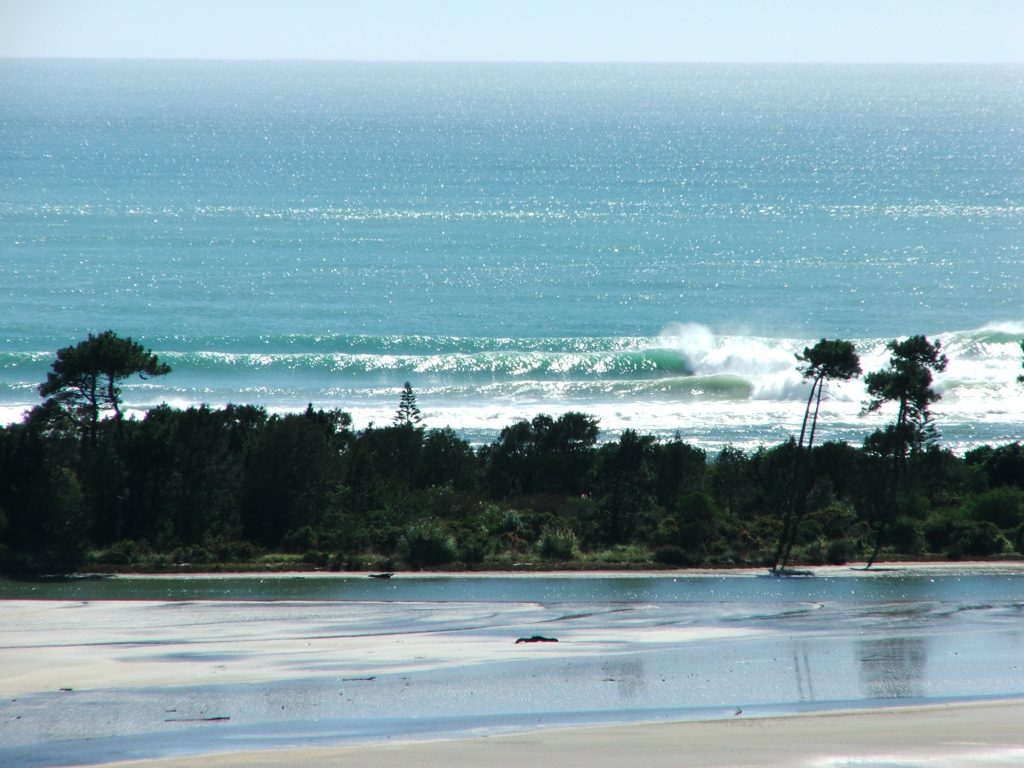
Right: The Bay of Plenty seen from Whakatāne.
Images from Wikipedia.
Hokianga: (place) an area surrounding the Hokianga Harbor in the Northland Region of New Zealand’s north island. Legend has it that Kupe (New Zealand’s fabled founder) settled the Hokianga in the 10th century CE and promised that when he returned to the country he would show up there first; hence, the harbor’s full name: Te Hokianga-nui-a-Kupe, “the place of Kupe’s great return.” Because of this origin story, the Hokianga is considered a heartland, as suggested by the original Māori name for the region, Te Kohanga o Te Tai Tokerau, “The Nest of the Northern People,” although it’s also known as Te Puna i Te Ao Marama, “The Spring of the World of Light.”
“Across the Hokianga” was inspired by these photographs I took of the harbor sometime in February or March 2000:
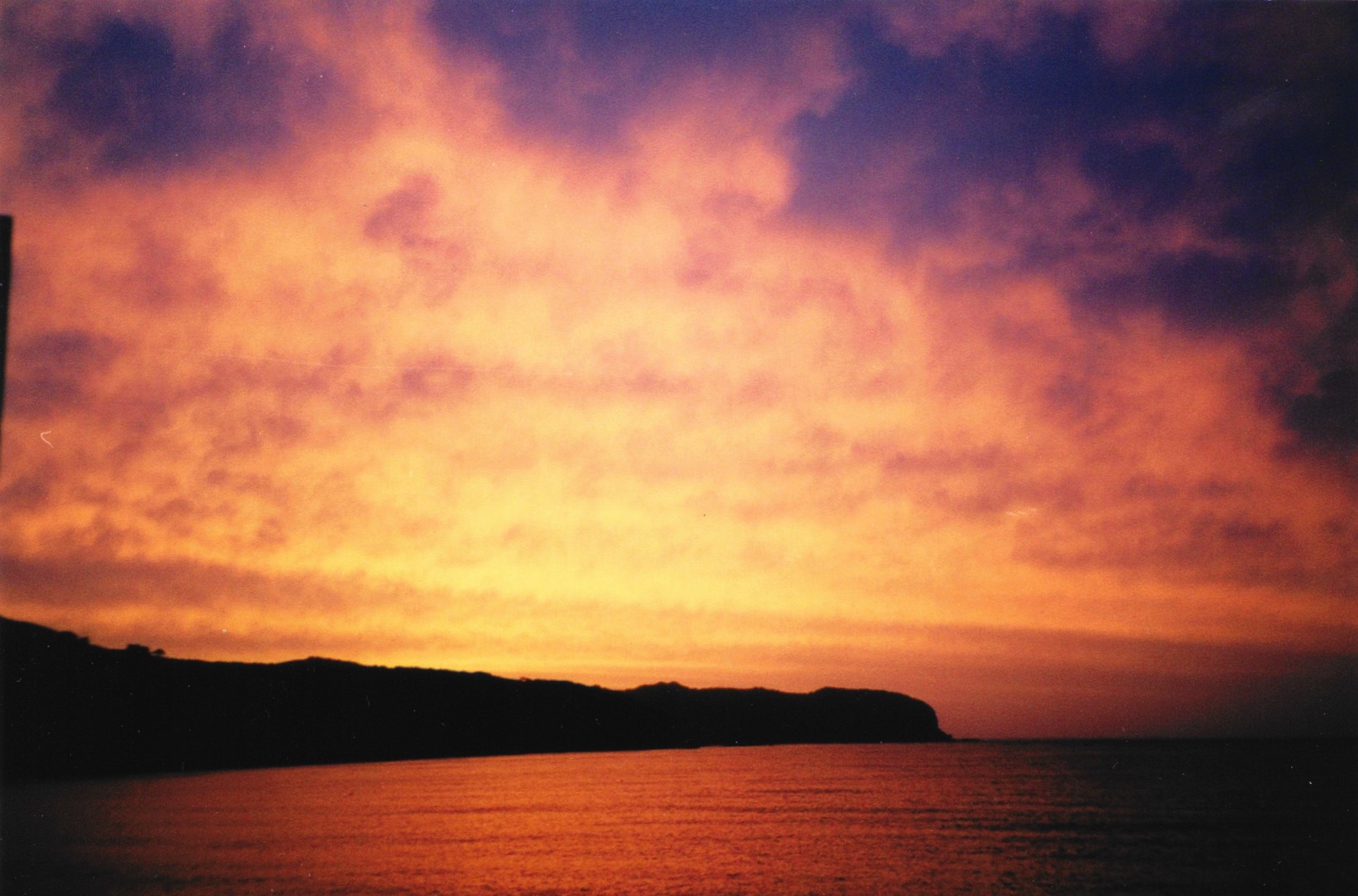
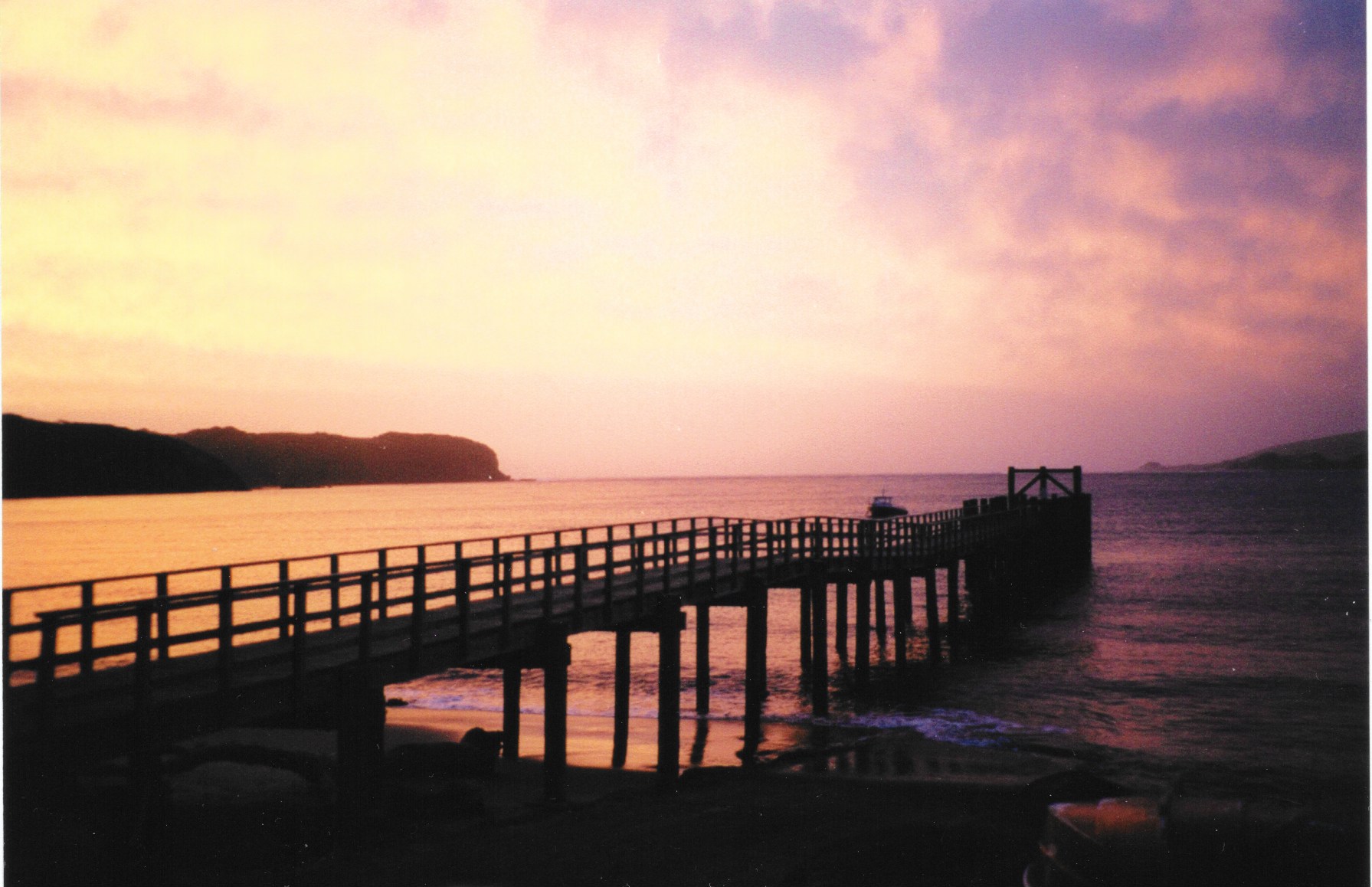
The title “Mateu, Matem” is Gilbertese for “my death, your death.”
The poem was inspired by this photograph, taken in Hamilton, New Zealand on 29 July 2000, which was the day I baptized Beikake (second from the left) into the Church of Jesus Christ of Latter-day Saints:
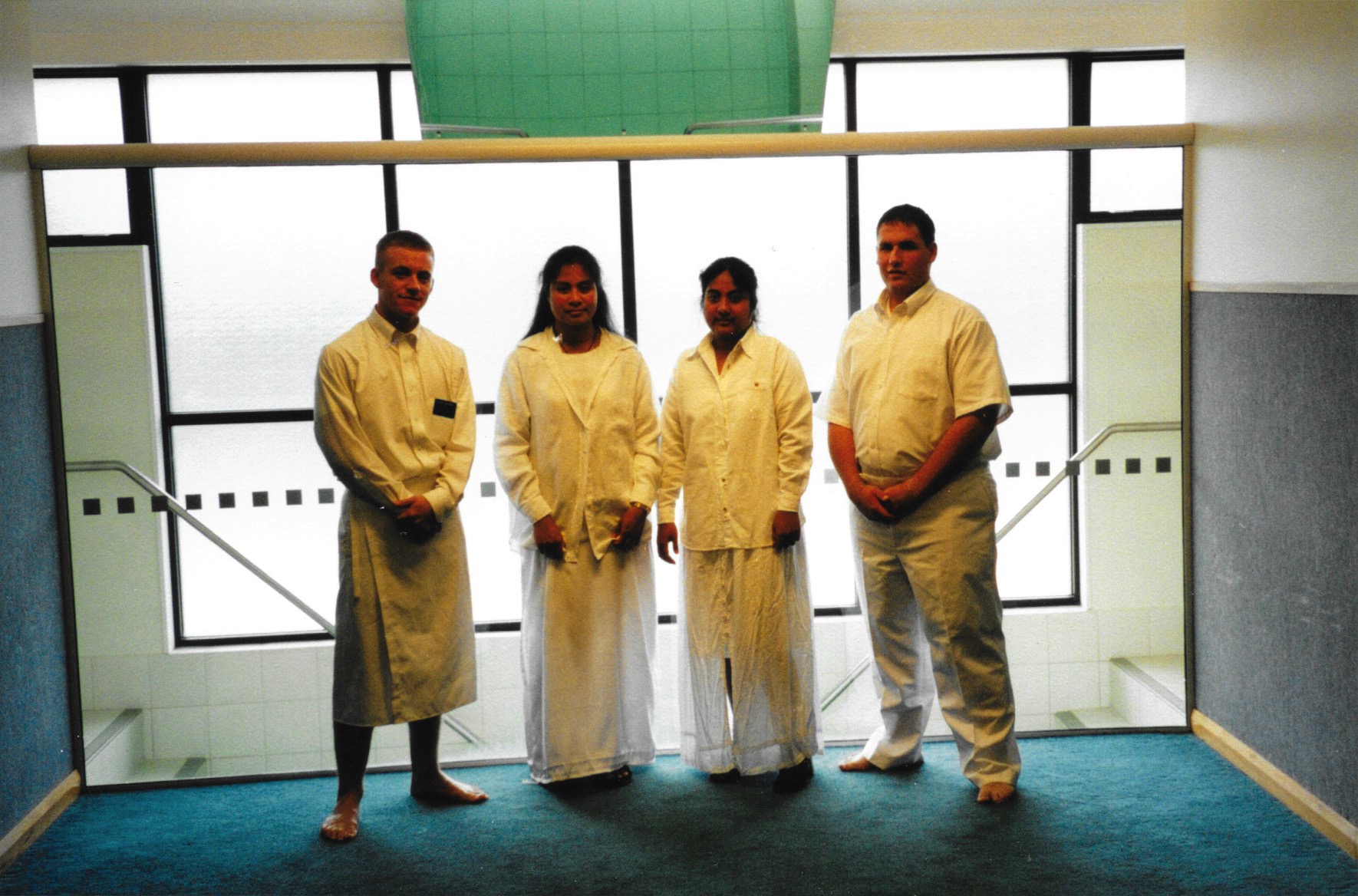
Te Kore: (noun) realm of potential being, The Void.
Per Te Ara: The Encyclopedia of New Zealand: “In traditional Māori belief there is something beyond the world of everyday experience: we do not live in a closed system where what we see is all there is. This other world or dimension is known as Te Kore, the ‘void’, in most tribal traditions. […]
“Some believe that Te Kore is where the ultimate reality can be found. Others think that it is where Io, the Supreme Being, dwells. The idea of Te Kore is central to notions of mana (status), tapu (sacred and restricted customs) and mauri (life force).”